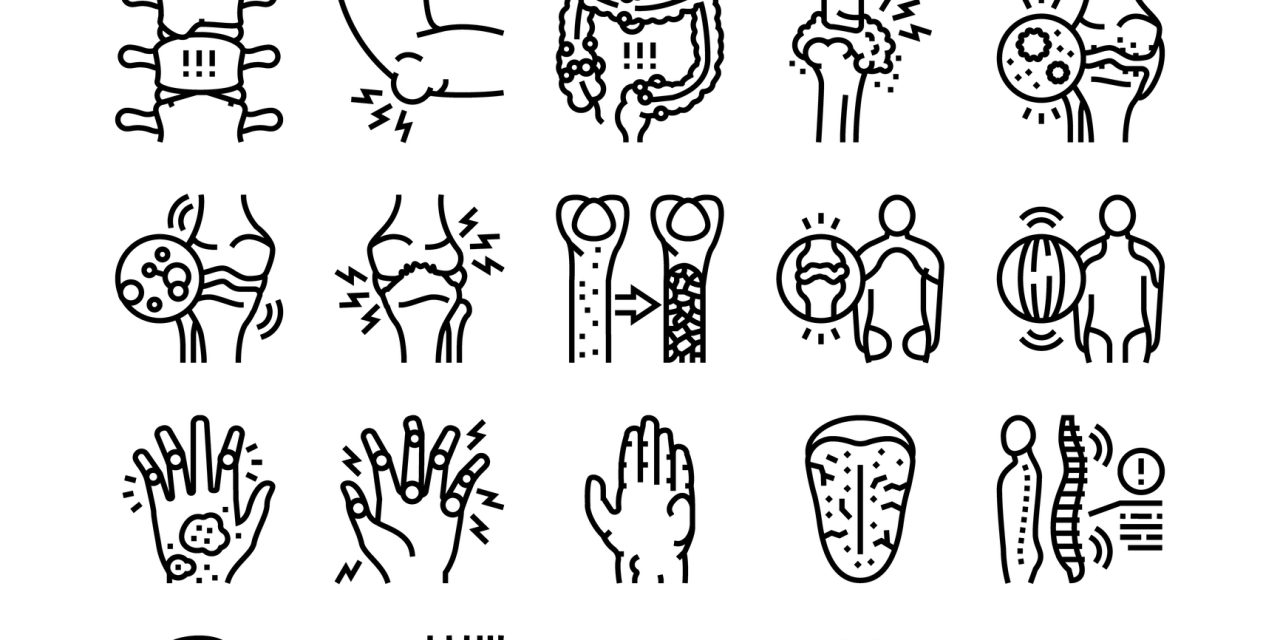Novel machine learning methods open the door to advances in rheumatology through application to complex, high-dimensional data, otherwise difficult to analyse. Results from such efforts could provide better classification of disease, decision support for therapy selection, and automated interpretation of clinical images. Nevertheless, such data-driven approaches could potentially model noise, or miss true clinical phenomena. One proposed solution to ensure clinically meaningful machine learning models is to involve primary stakeholders in their development and interpretation. Including patient and health care professionals’ input and priorities, in combination with statistical fit measures, allows for any resulting models to be well fit, meaningful, and fit for practice in the wider rheumatological community. Here we describe outputs from workshops that involved healthcare professionals, and young people from the Your Rheum Young Person’s Advisory Group, in the development of complex machine learning models. These were developed to better describe trajectory of early juvenile idiopathic arthritis disease, as part of the CLUSTER consortium. We further provide key instructions for reproducibility of this process.Involving people living with, and managing, a disease investigated using machine learning techniques, is feasible, impactful and empowering for all those involved.© Author(s) (or their employer(s)) 2021. Re-use permitted under CC BY. Published by BMJ.
Nothing about us without us: involving patient collaborators for machine learning applications in rheumatology.


